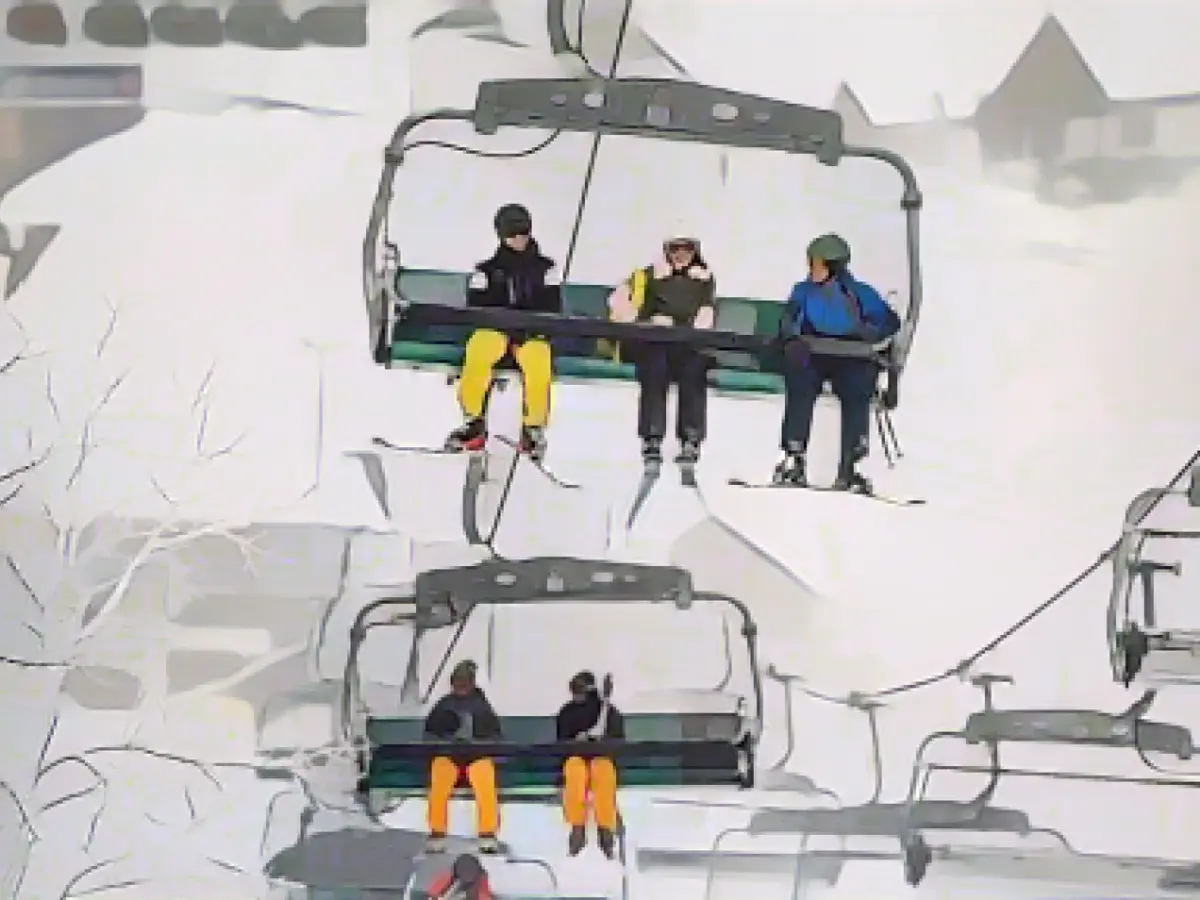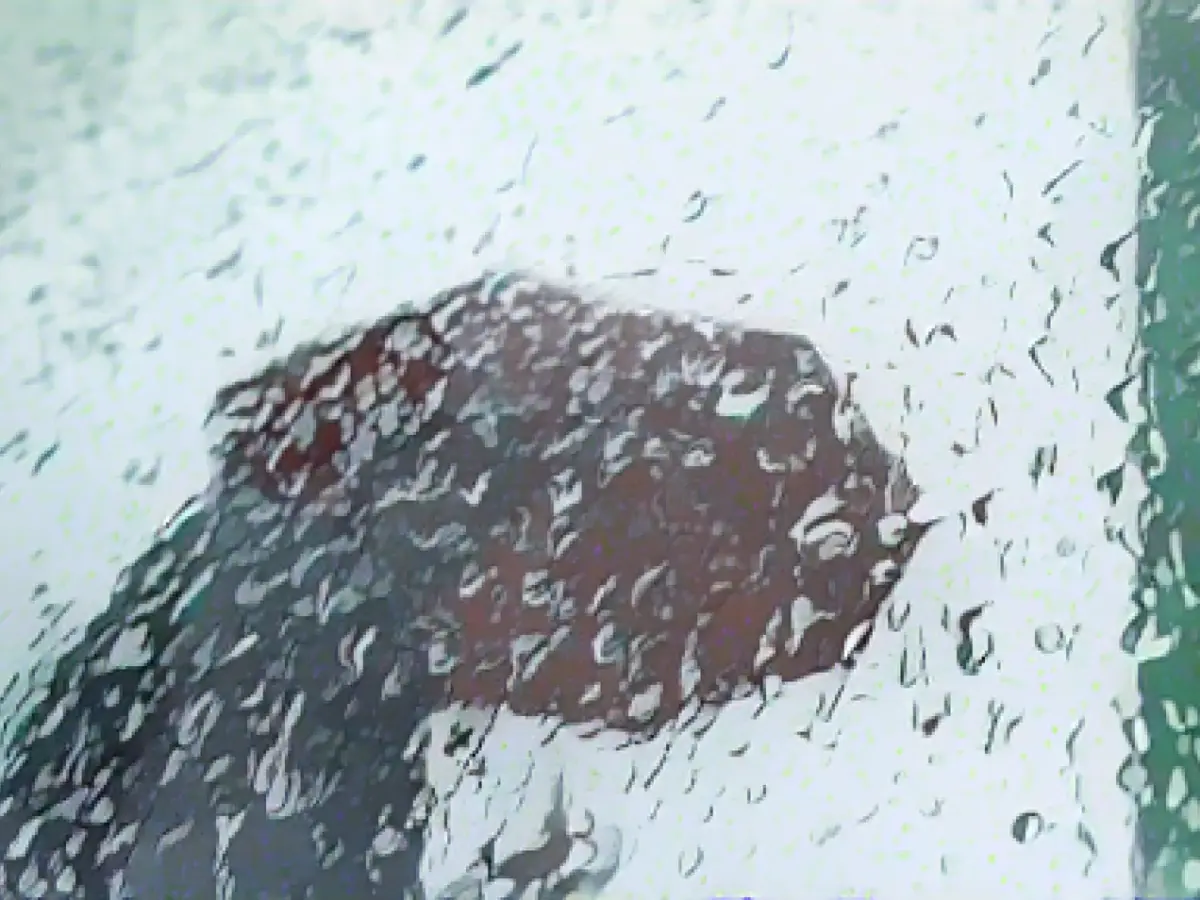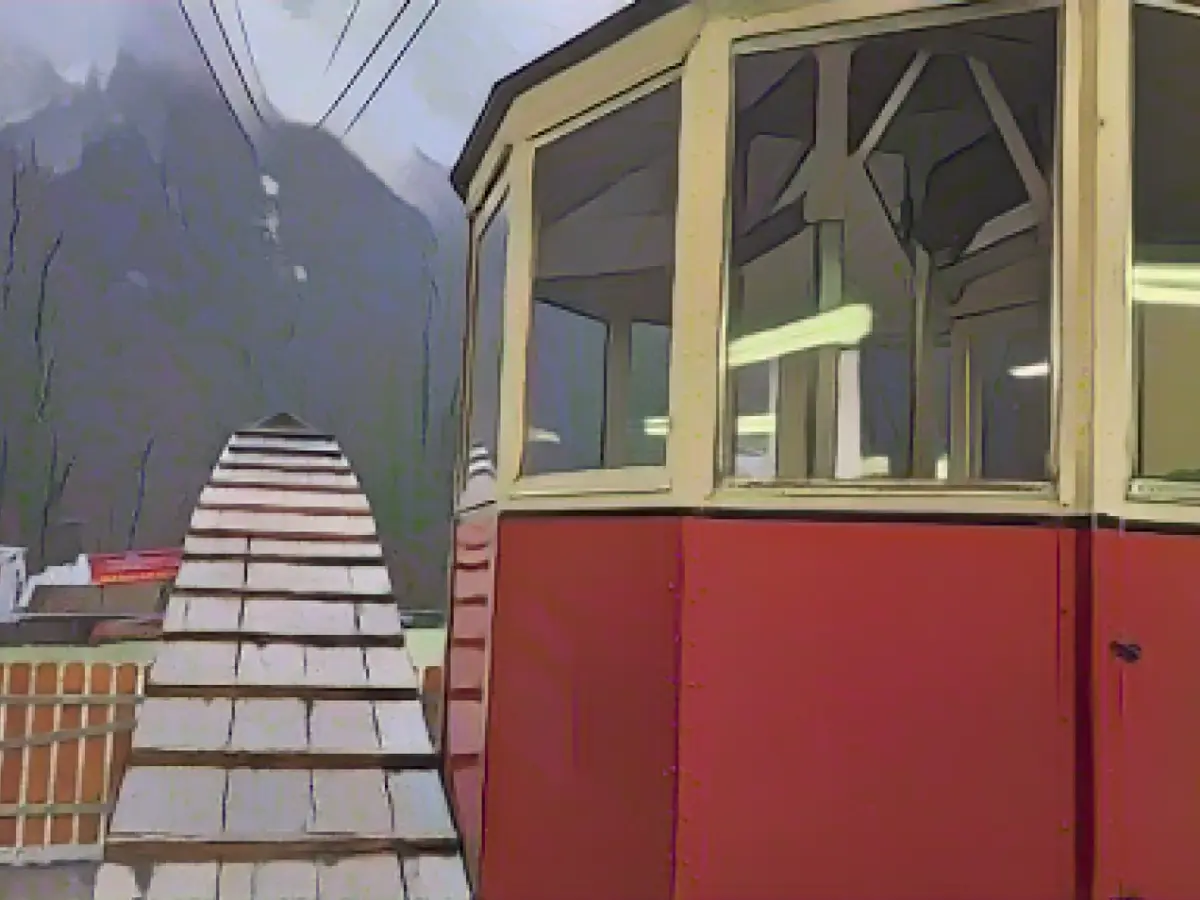Skiing and Other Winter Sports: The High Price Tag
In the era of escalating costs, the financial aspect of winter sports, particularly skiing, has emerged as a major argument against the popular activity, according to various studies. This is particularly true in Germany, where a survey conducted by the Austrian tourism association "Österreich Werbung" revealed that the soaring expenses is a primary reason why ex-skiers have abandoned the slopes.
The Survey Says...
The survey, which questioned 1,500 individuals in Germany, found that the majority of former skiers cited financial constraints as the primary reason for abandoning the sport. The snow conditions in the Alps were not enough to draw them back, despite the current winter providing excellent snow coverage.
The study also found that a lack of snow and environmental issues were less significant concerns, with just 11 and 10% of ex-skiers citing these reasons respectively. The key takeaway from the survey was that financial matters play a significant role in determining whether individuals engage in winter sports like skiing.
Beyond Germany: Austria and Switzerland
A separate study conducted by the market research institute Manova on behalf of the Austrian Chamber of Commerce revealed that around a third of respondents in Germany, Austria, and Switzerland avoided skiing or skied less due to high costs and excessive price increases. This trend had a significant impact on restaurants in ski resorts, with many guests opting to reduce their spending in the face of escalating costs.
Price Increases and Discount Strategies
The cost of skiing has escalated not just in Germany but across Europe. In Austria, for instance, lift ticket prices are set to increase by around 7-10% in 2023, while in Germany, a day ticket on the Zugspitze now costs nearly 9% more than a year ago. In response, some Austrian ski resorts are offering discounts to early bookers and/or ticket purchases outside of peak seasons. In Switzerland, dynamic pricing strategies have become commonplace, with lower costs during the week or when weather conditions are unfavorable.
The Long-Term Impact of Dynamic Pricing
While dynamic pricing systems may offer temporary cost reductions, consumer protection advocate Sara Stalder warns that skiers ultimately end up paying more in the long run. This is due to the fact that these systems often price higher during peak times, when demand is high.
Alternatives to Skiing: Vienna's Cultural Attraction
As costs continue to rise, many winter sports enthusiasts may seek out alternative leisure activities. Vienna, Austria's cultural capital, offers an affordable alternative to ski resorts. With its rich historical architecture and cultural heritage, Vienna provides a cost-effective winter leisure option that might appeal to those seeking a budget-friendly alternative to skiing.
The Impact of High Costs on Ski Resorts
The high cost of skiing is not just a concern for individual consumers; it also has a significant impact on ski resorts. In Switzerland, for instance, 20 ski resorts account for around 65% of the total number of alpine skiers. However, rising costs and decreasing snow coverage are affecting these resorts. In recent years, lift ticket prices, equipment rental costs, and vacation apartment prices have all increased significantly.
The Role of Climate Change
Climate change is also playing a role in the decline of winter sports. Warming temperatures are affecting snow conditions, making it increasingly difficult for ski resorts in lower-altitude areas to maintain adequate snow coverage. This is particularly challenging for resorts below 1,800 meters, which are facing increasing temperature increases and are at risk of disappearing altogether.
In conclusion, the high costs associated with winter sports, particularly skiing, are a significant detriment. Financial constraints, equipment expenses, lift ticket prices, and accommodation costs are all factors that are causing many individuals to reconsider their participation in winter sports. As costs continue to rise and climate change impacts snow conditions, it will be interesting to see how the winter sports industry evolves to meet these challenges.
Enrichment Data
The high costs associated with winter sports, particularly skiing, have several contributing factors:
- Equipment Costs: Skiing requires extensive and expensive equipment. Renting this equipment for a day can cost anywhere from 70 to 80 CHF in Switzerland.
- Lift Ticket Prices: The cost of lift tickets has risen significantly in recent years. In Switzerland, lift ticket prices have increased by 3.3% over the last year and are 10% more expensive than five years ago.
- Accommodation Costs: The prices for vacation apartments and package tours have also risen. Long-term vacation rentals have seen a significant increase, with prices rising by 17.7% compared to 2019, particularly in mountain regions.
- Environmental Impact and Climate Change: Rising temperatures are affecting snow conditions, making it harder for ski resorts to maintain adequate snow coverage. This is particularly challenging for resorts at lower altitudes.
- Infrastructure and Maintenance Costs: Ski resorts in remote areas face additional challenges due to the high cost of transporting heavy equipment and maintaining infrastructure in harsh tropical conditions.
Impact on Ski Resorts
- Switzerland: The Swiss cableways sector has noted that twenty ski resorts account for around 65% of the total number of alpine skiers in Switzerland. However, rising costs and decreasing snow coverage are affecting these resorts. The lack of snow in lower-altitude areas is becoming increasingly acute, with winters now 2.4°C warmer than when records began in 1864. This trend is expected to continue, with a further increment of one degree Celsius by 2050.
- Austria and Germany: While specific data for Austria and Germany is not provided in the sources, the trends observed in Switzerland are likely to be similar. The increasing costs of lift tickets, equipment, and accommodations, combined with the impact of climate change, are likely to affect the popularity of skiing in these countries as well.








